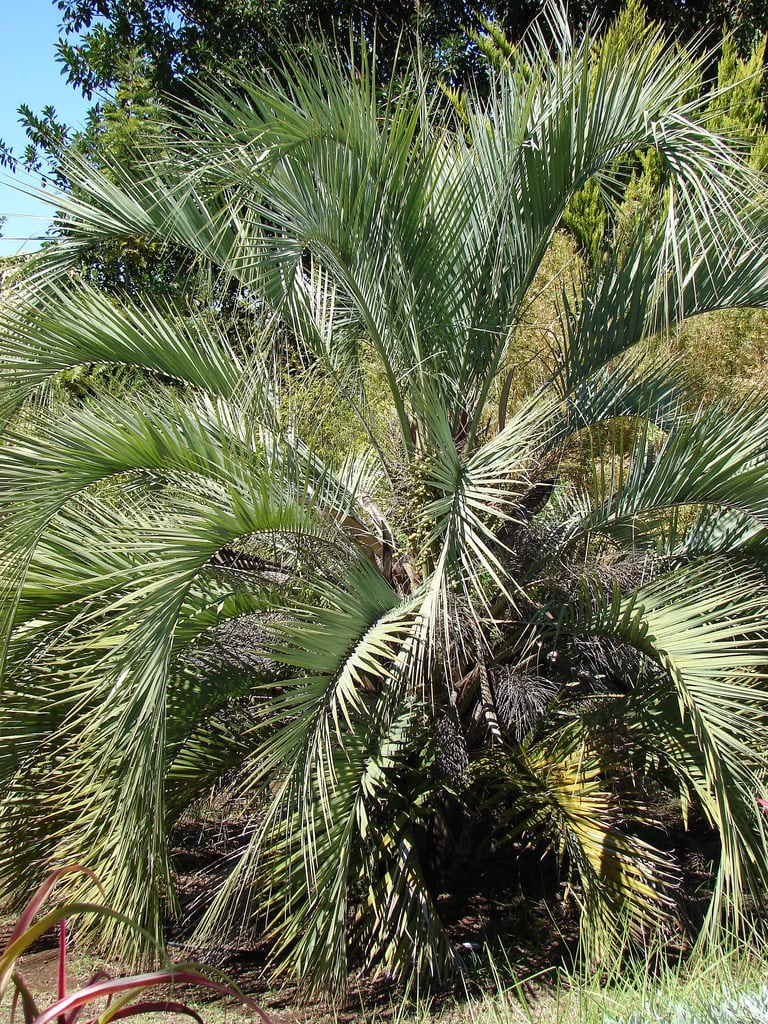Pindo Palm Cold Hardiness – Can Pindo Palms Grow Outdoors In Winter

If you think a pindo palm is suitable only for sun-drenched subtropical settings, think again. You may live where winter means sub-freezing temperatures and still be able grow one. It’s possible for them to survive in your part of the world, but only with proper winter protection. For pindo palms, it’s an ongoing process.
Can Pindo Palms Grow Outdoors in Winter?
How is pindo palm cold hardiness determined? It’s based on the USDA plant hardiness zone map and indicates the lowest winter temperature an unprotected plant can survive. For pindo palms, the magic number is 15°F. (-9.4°C.) – the average winter low in zone 8b. That means they’re fine in the Sun Belt, but can pindo palms grow outdoors in winter anywhere else? Yes, they might even survive outdoors down to USDA hardiness zone 5 – where the temperature tumbles to -20°F. (-29°C.), but only with lots of TLC!
Boosting Pindo Palm Cold Hardiness
The care you give your pindo palm from spring to fall makes a huge difference in its ability to survive in winter. For maximum cold tolerance, water the top 18 inches (46 cm.) of soil around its base twice monthly during dry periods. Slow, deep watering is best. From spring to fall, fertilize the palm every three months with 8 ounces (225 g.) of a micronutrient-enhanced, slow-release 8-2-12 fertilizer. Apply 8 ounces (225 g.) of the fertilizer for every inch of the trunk’s diameter. When rain is on the way and after it ends, spray the fronds, trunk and crown with a copper-based fungicide. Doing this helps protect a cold-stressed pindo palm against fungal disease.
Pindo Palm Winter Care
As soon as the forecast calls for severe cold, spray your pindo’s fronds and crown with an anti-desiccant. It dries to a flexible, waterproof film that minimizes winter water loss. Then tie back the fronds with heavy duty garden twine and wrap them in burlap secured with duct tape. Wrap the trunk in burlap, cover the burlap with plastic bubble wrap and secure both layers with heavy-duty duct tape. Eventually, you’ll need a ladder to wrap your palm for winter. When it’s fully grown, you may even need professional help. Finally, space four 3- to 4-foot (0.9 to 1.2 m.) stakes in corner positions 3 feet (.91 m.) from the trunk. Staple chicken wire to the stakes to create an open-topped cage. Fill the cage with straw, dried leaves or other natural mulch, but keep it from touching the palm. The temporary insulation gives the roots and trunk extra protection during hard freezes. The chicken wire keeps it in place.
Sign up for the Gardening Know How newsletter today and receive a free copy of our e-book "How to Grow Delicious Tomatoes".